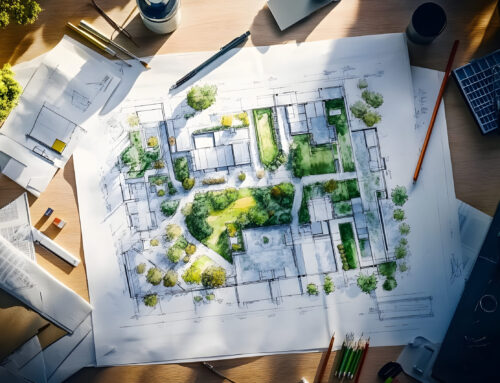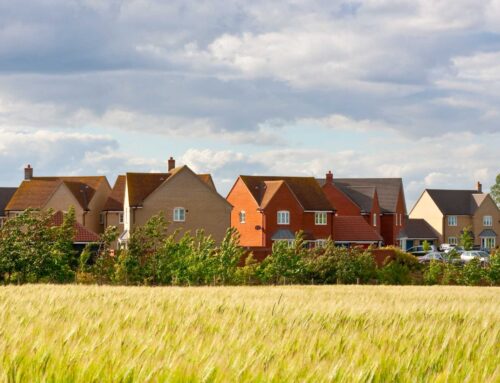Beautiful, environmentally sustainable, and life-enhancing communities are at the centre of widespread planning changes announced by the Government, namely around the NPPF (National Planning Policy Framework).
How is the NPPF Changing?
The Government is acting to make it easier for residents and planners to embrace beautiful, practical design while rejecting the ugly, unsustainable, or poor-quality options. They have amended the NPPF – which underpins all plan-making and decision-taking. This means that councils will be expected to develop local design codes, which should be illustrated to help residents understand what is – and what isn’t – considered suitable.
What is the National Model Design Code?
The process for developing local design codes (which is outlined in the NMDC [National Model Design Code]) highlights both when and how communities should be involved in the decision-making process. This can be done using a range of digital tools, such as social media and video conferencing, and through face-to-face discussions and public exhibitions.
The Building Beautiful Places Plan
The new focus on design follows long-held concerns by senior politicians that “anywhereville” developments lack any local character and fail to create cohesive communities. Developments of “mass-produced boxes” will become a thing of the past, the Government hopes.
What does this mean for Planning Applicants & Objectors?
What this means in practice is that developments will need to be able to demonstrate to planners why the proposed design represents the best solution possible for the context. While this has always been necessary, planning applicants are likely to see a greater number of refusals on schemes that lack attention to detail – and planning applications considered by the planning committee are even more likely to fail for poor design. Planning objections will have to address design with reference to the design code.
It will be important for local councils to set out in design codes a broad framework of what is acceptable, with a non-exhaustive schedule of examples. Decisions should remain objective rather than subjective, although for design – and beauty – this is often very difficult.
Commenting on the NPPF & NMDC proposals, Ben Norton, planning director at Norton Taylor Nunn, said:
“I think the focus on good design will be broadly welcomed by those involved in creating housing estates and urban extensions, but it will be difficult for individual applicants to meet an objective design code as these are so often the most subjective decisions.
“Nobody wants to live in a poorly designed home. Nobody wants to live in places that follow a pattern that suits the developer rather than the local context. These proposals will improve new developments in the future.
“There is a risk, however, that subjective decisions or overly prescriptive design codes could have a chilling effect on more modern architecture. The last thing we need is for every new home to simply become a pastiche of much-loved patterns from the Georgian or Victorian eras – diversity must be encouraged as well.”
Planning Consultants are NPPF Prepared
While new design codes will take a while to be drawn up and adopted by local councils, applicants should expect design to feature heavily in decisions soon. For a discussion about how the changes to the NPPF, the NMDC, and the Building Beautiful Places plan might impact your planning application, contact one of our planning consultants on 01473 316702 or book a callback today.



